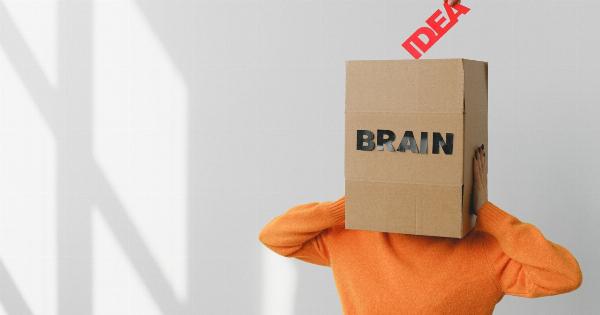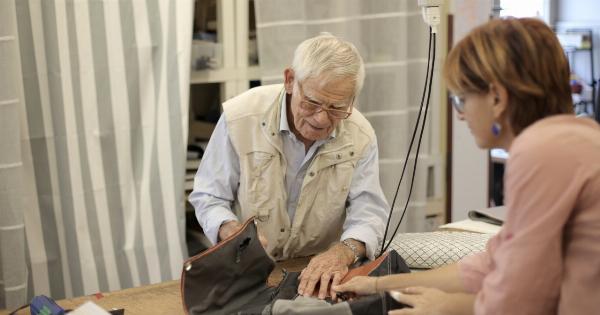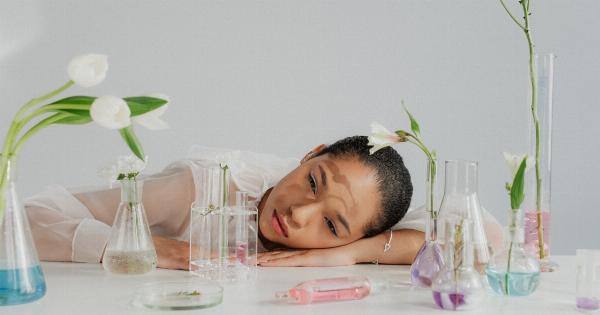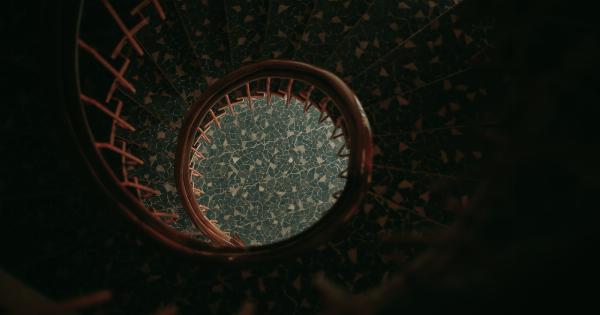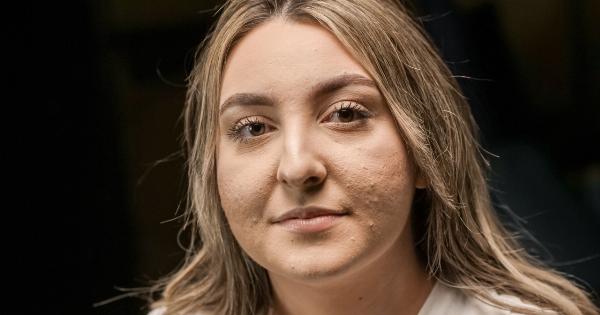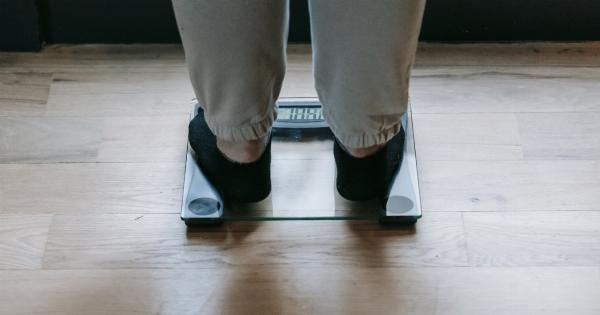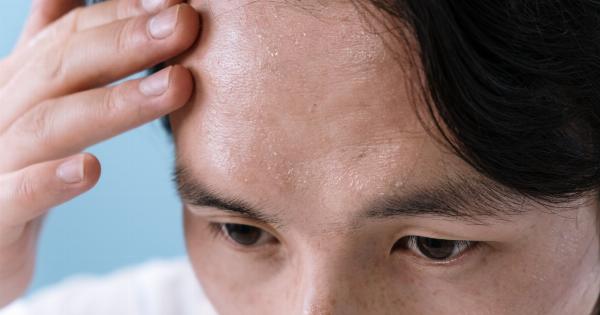When it comes to combatting the signs of aging or treating certain medical conditions, Botox has emerged as a revolutionary solution.
This injectable treatment, derived from the bacterium Clostridium botulinum, has gained immense popularity due to its ability to reduce fine lines, wrinkles, and even alleviate various medical ailments. From rejuvenating the appearance to providing relief from muscular disorders, Botox has proven to be a versatile and effective treatment option.
The Science Behind Botox
Botox, scientifically known as Botulinum Toxin Type A, works by temporarily paralyzing the muscles responsible for causing wrinkles or certain medical conditions.
By blocking nerve signals in the targeted area, Botox prevents muscle contractions, ultimately leading to a smoother complexion or relief from symptoms.
Reversing the Effects of Aging
As we age, our skin starts to lose its elasticity and fine lines and wrinkles begin to appear. Botox injections offer a non-surgical and minimally invasive approach to address these concerns.
The most common areas treated with Botox for cosmetic purposes include the forehead, crow’s feet around the eyes, and frown lines between the eyebrows.
When injected into the facial muscles, Botox relaxes the muscles and softens the appearance of wrinkles, resulting in a more youthful and refreshed look.
The treatment is quick, with minimal discomfort and downtime, making it an attractive option for those who want to reverse the visible signs of aging without undergoing surgery.
Botox for Medical Conditions
Beyond its cosmetic benefits, Botox has also demonstrated remarkable efficacy in treating various medical conditions. Some of the conditions for which Botox is widely used include:.
1. Chronic Migraines
Botox injections have been approved by the FDA as a preventive treatment for chronic migraines. By injecting Botox into specific areas of the head and neck, it can help reduce the frequency and intensity of migraines for many patients.
The treatment works by blocking pain signals and relaxing the muscles that contribute to migraines.
2. Excessive Sweating
Medically known as hyperhidrosis, excessive sweating can be embarrassing and affect a person’s quality of life.
Botox injections can effectively reduce sweating in areas such as the underarms, hands, and feet by blocking the chemical signals that stimulate sweat glands. The results can last for several months, providing much-needed relief to individuals dealing with this condition.
3. Muscle Spasms and Dystonia
Botox has been found to be highly effective in treating muscle spasms and dystonia, which are involuntary muscle contractions that can cause pain and impair movement.
By injecting Botox directly into the affected muscle, it can help relax the muscle and alleviate the symptoms associated with these conditions.
4. Overactive Bladder
For those suffering from an overactive bladder, Botox injections can offer significant relief.
By injecting Botox into the bladder muscles, it can help increase storage capacity and reduce the frequency of urination, providing much-needed relief to individuals experiencing urge incontinence.
5. Strabismus
Strabismus, also known as crossed eyes, is a condition characterized by misalignment of the eyes. Botox injections can help relax the eye muscles and restore proper alignment.
The treatment can significantly improve the cosmetic appearance and functionality of the eyes.
The Safety and Potential Side Effects
Botox is generally considered a safe and well-tolerated treatment when administered by a qualified healthcare professional. However, like any other medical procedure, there are potential side effects to be aware of.
Common side effects include temporary bruising, redness, or swelling at the injection site. In rare cases, patients may experience headaches, flu-like symptoms, or temporary eyelid drooping.
It is essential to consult with a skilled practitioner who can assess your suitability for the treatment and address any concerns you may have.
By following the proper guidelines and receiving injections from a trained professional, the potential risks associated with Botox can be minimized.
The Longevity of Botox
The effects of Botox typically last for three to six months, depending on various factors such as individual metabolism and the treated area.
Over time, the muscle activity gradually returns, and repeat injections are necessary to maintain the desired results. However, with repeated treatments, some patients may experience longer-lasting effects as the treated muscles become more relaxed.
Conclusion
Botox has undeniably revolutionized the field of aesthetics and medicine, offering immense benefits in the realm of anti-aging and various medical conditions.
From reducing wrinkles and fine lines to providing relief from migraines and muscle disorders, Botox has proven to be a game-changer.
However, it is crucial to emphasize that Botox should always be performed by a qualified healthcare professional in a controlled and sterile environment.
Understanding the potential risks, having realistic expectations, and following post-treatment care instructions are essential for a positive and optimal outcome.


